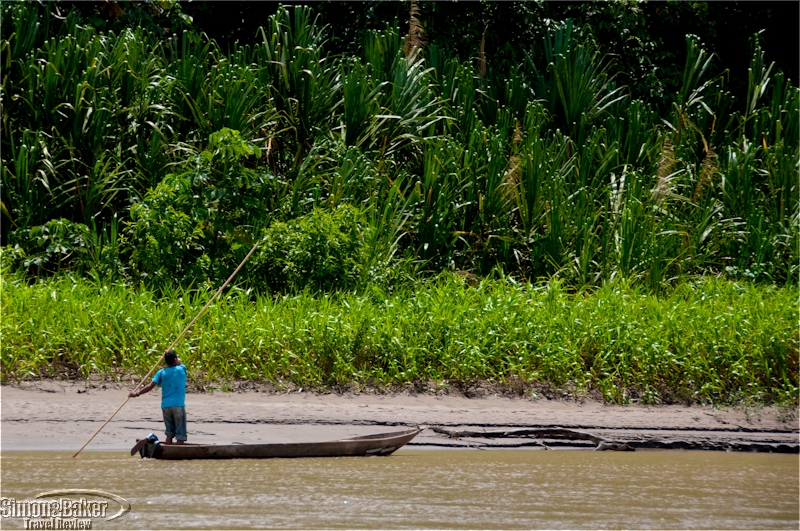
by Editor | Feb 1, 2012 | Ecuador, Latin America, Simon and Baker Travel Review
Travel from Quito, the decidedly 21st century capital of Ecuador, to the Napo Wildlife Center, deep in the Yasuni National Park was an easy journey back in time. It was less than a one-hour flight to Coca, a small town on the Napo River, which seemed to hark back half a century, until I noticed the proliferation of mobile phones along its busy streets and the modern boat dock. I boarded the awaiting Napo Wildlife Center motorboat with my guide Roberto, who had flown with me from Quito, and headed downriver into the timeless immensity of the Amazon Basin. Before long, the Napo River, although still almost 1,000 kilometers (600 miles) from its confluence with the Amazon, was already several hundred meters wide, its distant banks a soaring jumble of rainforest. A couple of hours later, we left its cappuccino-colored waters (caused by sediment washed from the Andes Mountains) and turned into the so-called black waters of a narrow inlet; they were actually the color of strong tea, steeped in the tannins of rainforest vegetation. We had entered the northwest corner of the Yasuni National Park, a UNESCO Biosphere Reserve regarded by scientists as one of the highest bio-diversity areas on the planet.
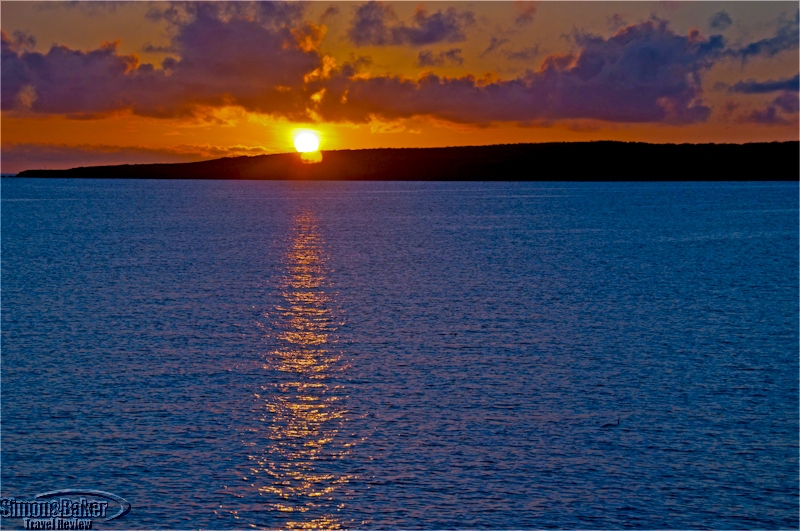
by Editor | Jan 1, 2012 | Ecuador, Latin America, Simon and Baker Travel Review
Ever since Charles Darwin’s momentous scientific visit to the Galapagos Islands over one and a half century ago, this small archipelago of sun-baked volcanic rocks sprinkled across 45,000 square kilometers (17,000 square miles) of Pacific Ocean has captured the imagination of adventure travelers. I had long yearned to visit this place so remote that its iconic fauna and flora are unique on the planet. But I sensed that, like most of the over 150,000 yearly tourists who have visited recently, mine would be a once in a lifetime trip. Therefore I wanted to plan the ultimate wilderness travel experience, only to be confused by seemingly endless cruising options. Until I came across the intimate, nine staterooms M/Y Grace.
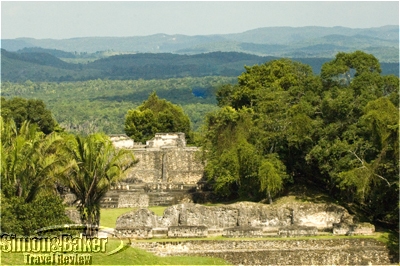
by Editor | Nov 1, 2007 | Belize, Latin America, Simon and Baker Travel Review
A tiny country wedged along the Caribbean Sea between Mexico and Guatemala, Belize has long been recognized by water sport enthusiasts as a diving and snorkeling paradise. The country, the smallest in Central America (8,800 square miles or 23,000 square kilometers, slightly smaller than Massachusetts), boast the longest barrier reef in the western hemisphere (180 miles or 290 kilometers) along its 240 mile (386 kilometers) coastline. Until now, the sandy islands that straddle the reef (cayes in local parlance), reputed for their white coral sand beaches and spectacular underwater canyons, have been the country’s greatest attraction. However, Belize is also blessed with a lush interior of unspoiled rain forests rich in wildlife, birds and Mayan archeological treasures. To capitalize on these natural assets, the country has designated 40 percent of its landmass as national parks and nature reserves. The Cayo District, with its 2,000 square miles (5,200 square kilometers) of verdant rolling hills along the Macal and Mopan rivers, offers especially scenic attractions. Home to the two most important Maya ruins in the country, Caracol and Xunantunich, as well as several nature reserves including the reputed Blue Hole and Guanacaste National Parks, it is increasingly becoming a favored destination of eco-tourists.
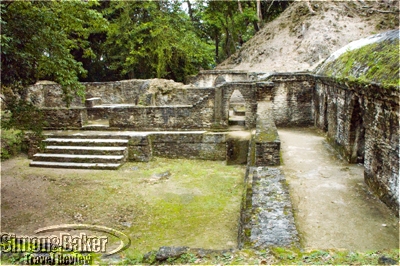
by Editor | Nov 1, 2007 | Belize, Latin America, Simon and Baker Travel Review
Casa del Caballo Blanco was an intimate retreat on the outskirts of San Ignacio, in the Cayo District of western Belize. Perched on a scenic hilltop, it offered a panoramic view of the rolling hills on the northern bank of the Mopan River valley and the mountains of Guatemala to the west. The property was a birdwatcher’s delight. Flocks of red-lored parrots frequently flew overhead and hummingbirds hovered by the blooming shrubs around the grounds. The air echoed with bird calls from dawn until late in the night. The entrance to the recently completed Tz’unuun birding trail was a five-minute walk from the guest cabanas down a gently sloping meadow. This private 1.7 mile (2.5 kilometers) hiking trail meandered through a recently reforested area that was part of the 15 acre (60,000 square meters) habitat restoration project in progress on the property during my visit.
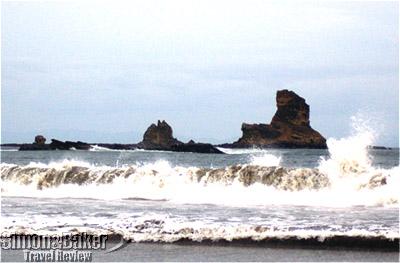
by Editor | May 1, 2006 | Latin America, Nicaragua, Simon and Baker Travel Review
The outstanding natural surroundings of the Morgan’s Rock Hacienda and Ecolodge, combined with the luxury of its accommodations and the friendly service provided by its ever attentive staff, should earn the resort high rankings by any standards. However, what made Morgan’s Rock unique was the success of its creators in translating their commitment to nature conservation, reforestation and community development into a retreat of exceptional architectural and esthetic quality.
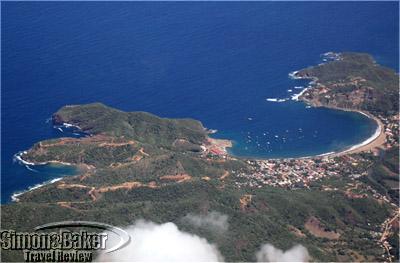
by Editor | May 1, 2006 | Latin America, Nicaragua, Simon and Baker Travel Review
A country rich in unspoiled natural beauty and friendly people, Nicaragua is still often overlooked by foreign visitors wary of its turbulent past. In fact, Nicaragua has been a peaceful democracy for well over a decade, and has now made the development of tourism a national priority. The country, the largest in Central America (50,000 square miles, slightly smaller than the State of New York), boasts the greatest expanse of primary rainforest north of the Amazon basin and the largest freshwater body in Central America, Lago de Nicaragua. With its abundant wildlife and spectacular scenery, Nicaragua has been thriving to capitalize on these natural assets to emulate its Costa Rican neighbor and become an eco-tourism haven. To this end, 84 nature preserves have been created, protecting more that seventeen percent of the country’s landmass.






